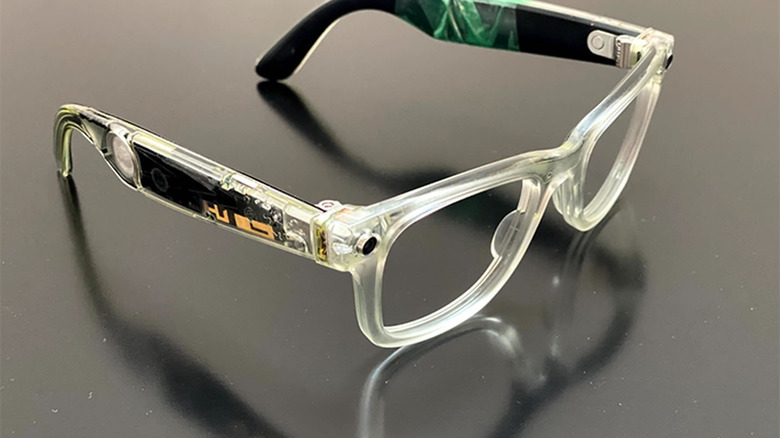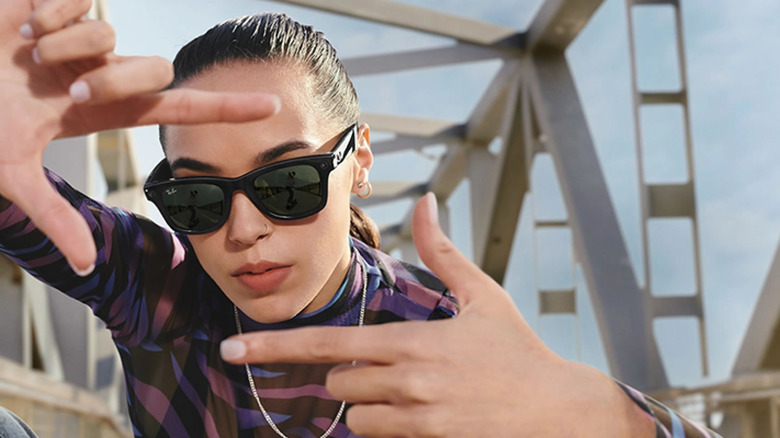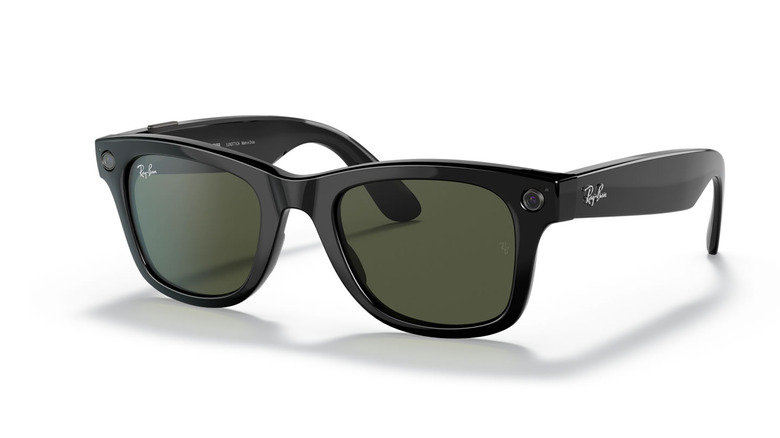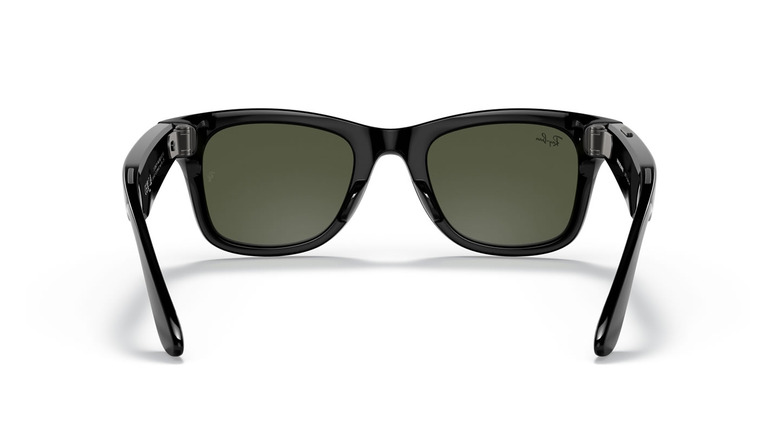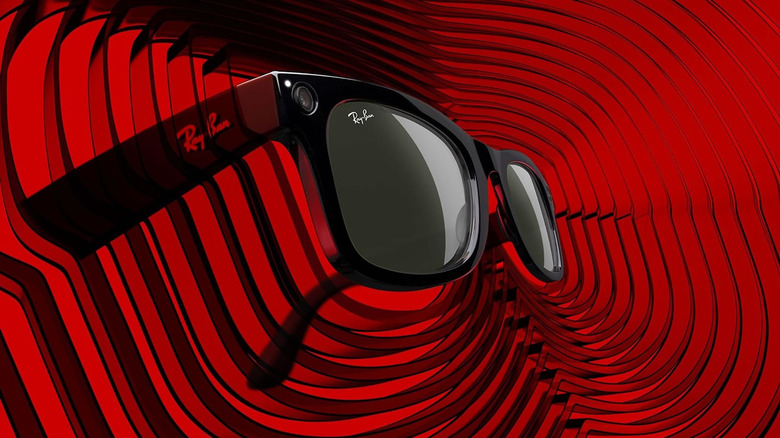Facebook Ray-Ban Stories Might Actually Surprise You
The Snapchat Spectacles came in 2016 with a lot of hype but turned out to be a bloated bubble that ultimately burst. While Snapchat users might disagree with this judgment, the glasses are pretty much useless for anything other than Snapchat. Now Facebook is looking to change that image with Ray-Ban Stories glasses developed in collaboration with EssilorLuxottica, Ray-Ban's parent company.
The glasses don't come with any display in the lenses so they cannot be called AR glasses by any stretch of the imagination. Still, they have smart capabilities and features to keep users interested in buying what is being described as Ray-Ban's first generation of smart sunglasses and eyeglasses.
Design and built quality
On the first look, these glasses give an impression of a pair of Ray-Ban Wayfarers off the shelf. But these are a tad heavier (since they have built-in camera and speakers) and surprisingly comfortable to wear. This is a big advantage considering other similar attempts at smart glasses have either not been designed for daily wear or have felt too bulky to wear for long durations.
The absence of Facebook branding from the Ray-Ban Stories glasses is a wise step, it is only visible on the packaging of the eyewear. They are therefore something an average user won't mind sporting for a whole day or even take along for an adventure trip. The built quality also looks premium which is another advantage that's hard to ignore.
Cameras and Facebook app
Ray-Ban Stories are loaded with a 5MP camera to capture your favorite moments in video or still formats. Short 30-second video clips or around 500 photos can be stored on the internal memory. To use the camera manually, there is a physical button on the top right-hand side of the frame. For hands-free input, the wake phrase "Hey Facebook" triggers the recording feature.
The video shooting capability of the camera is impressive with decent stabilization to capture Instagram stories worthy footage. The photo shooting on the other hand is only impressive in well-lit conditions and tends to fade away in low light conditions like an overcast day. The performance tends to drop considerably in more shady conditions making them virtually unusable for any acceptable photos.
All the sharing of content can be done via the Facebook View app which requires a Facebook login. Once logged in, you can check the shots captured and make basic edits for smartphone download or sharing to other platforms. For now the app is pretty basic with functions like cropping, brightness control, saturation levels and other barebone elements. That said, the app can add depth effects for motion in the shots or create a video collage of 10 clips with preset soundtracks.
Core features
The glasses come with little open-ear speakers in each arm to listen to music or podcasts on the go. Audio quality at low and medium volumes on the glasses will surprise you as they are better than expected. Just like the Bose Frames, these have an array of microphones with beamforming technology to listen to calls even in noisy environments as the background noise suppression algorithm filters out unwanted sounds.
There's a light on the inside of the glasses to keep you informed about the battery level and other features. Green light indicates full capacity, orange depicts low battery, red shows extremely low battery level, while white represents a capture error, and blue light indicates the pairing mode is on. The video recording feature is specified by a front-facing white light.
According to the official word, the glasses charge to full in about an hour and give about six hours of use time. The View app also shows the live status of battery when paired with the glasses. The leather-like carrying case can juice up the battery three times over, so you can expect a full day of use with the glasses when the case is also charged to the brim.
Privacy and security
Facebook is not known for using stringent privacy measures and securing user data in the past, this could be a huge roadblock in the success of these smart glasses. That said, Facebook claims that the Ray-Ban Stories are designed purely with privacy in mind. The Facebook View app will be completely ad-free for a seamless experience.
Facebook claim, the user's personal data like photos and videos will never be used for advertising purpose. But with Facebook, we know the use of the product is enough to personalize the experience. The disclaimer for Facebook View app notes that the data is used to "improve and personalize" the experience with Facebook's line of products. Although this is optional and users can opt-out of data sharing. It is on by default, so if you are not the geeky type, it will go unattended under your eye.
For users who rely on voice commands, the Facebook View app will store voice command transcripts and the related data. This will be accessible to trained reviewers. Just like other voice assistants, here too, the data will be captured beyond just the wake word trigger. Here again, the user can opt-out of transcript storing and sharing of information with Facebook, but it is enabled by default.
Price and availability
The Ray-Ban Stories carry a price tag of $299 which is almost $100 less than the third generation of Snapchat Spectacles. They are still cheaper than the brand's priciest frames. Whether they are worth the investment purely depends on how you intend to use them.
For users who want to go all-in with the Stories, there is the option for polarized lenses costing $329 or the transition lenses coming at $379. The basic and the advanced version all come in three frame styles – Wayfarer, Round, and Meteor. For starters, Stories are now available in the US, Canada, UK, Italy, Ireland, and Australia.
Wrap-up
Honestly, this is not a bad effort from Facebook and Ray-Ban to eventually foray into the core AR glasses arena which is going to be the future. Nothing has been overdone here, and that's an advantage. On top of that, the glasses can be worn for any occasion by social butterflies who don't want to miss any social media sharing opportunity. Personally, we would refrain from using a Facebook product that delves deep into the personal life – let alone trusting it with personal photos and videos from every aspect of life.

